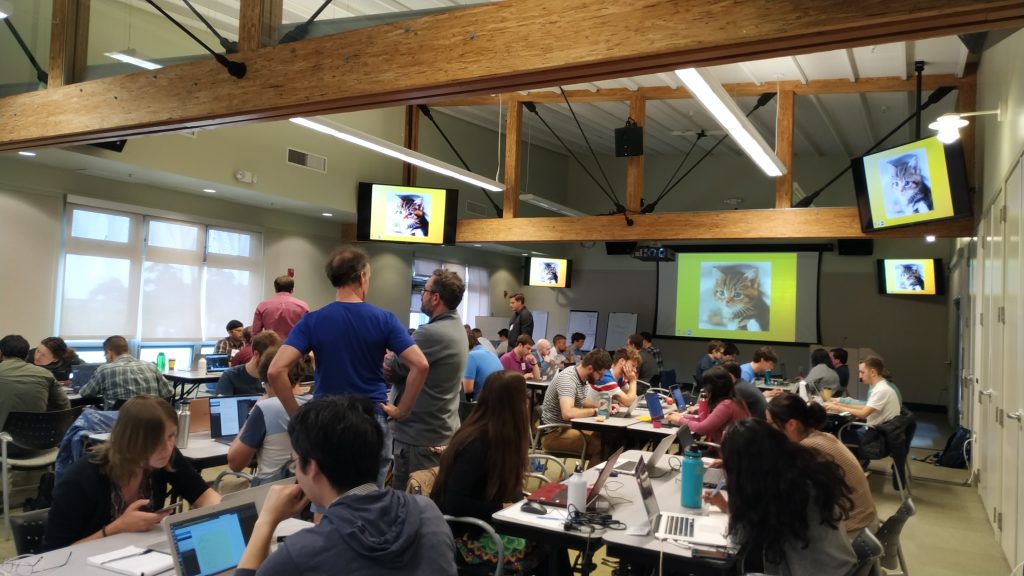
Dominika Hubová learned about theory and simulations of stellar and planetary evolution at the MESA Summer School 2019 at UC Santa Barbara & KITP.
Time-domain astronomy group at Charles University, Prague

Dominika Hubová learned about theory and simulations of stellar and planetary evolution at the MESA Summer School 2019 at UC Santa Barbara & KITP.
In a paper led by David Jones with Romano Corradi from La Palma we tried to come up with a theory to explain the peculiar shape (including new distant emission regions firstly presented here) and central stars of the planetary nebula. Our preferred models includes Lidov-Kozai cycles and triple star disruption due to ejection of the planetary nebula.
Paper now accepted to MNRAS:https://arxiv.org/abs/1908.04582v1
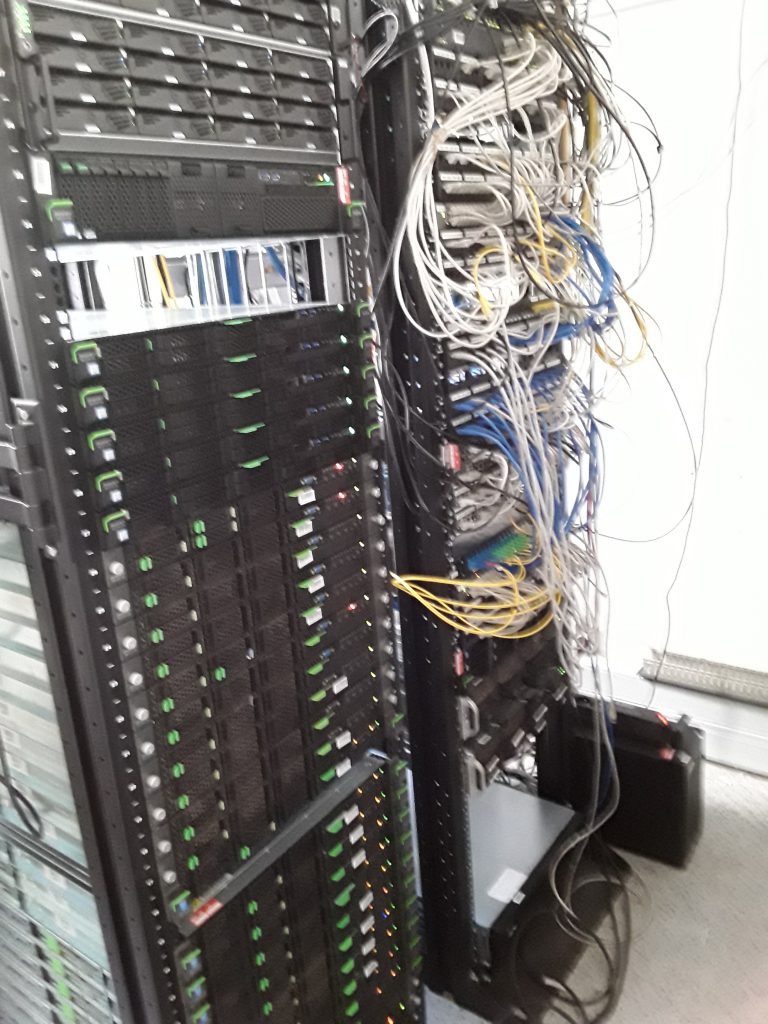

Thanks to our ERC grant, we have commenced upgrading the computing cluster Sněhurka (Snow White). In the first step, we got a new Infiniband switch and 5 new nodes with 36 cores each. Looking forward to new results!
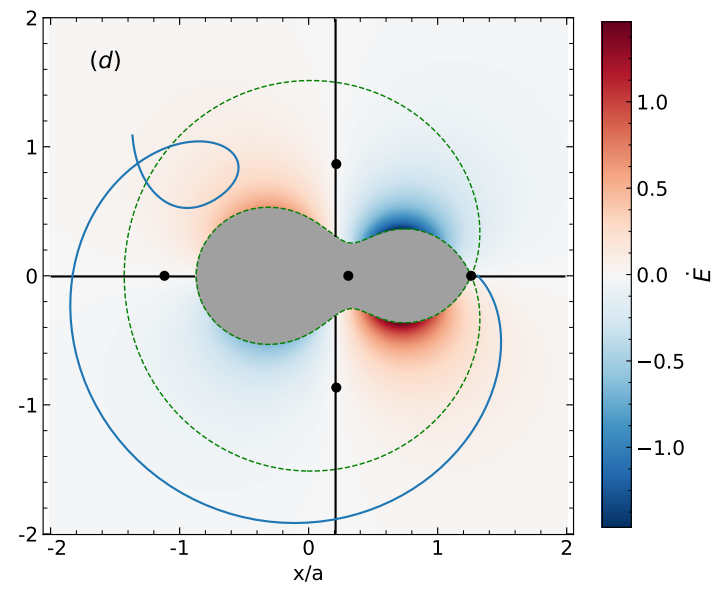
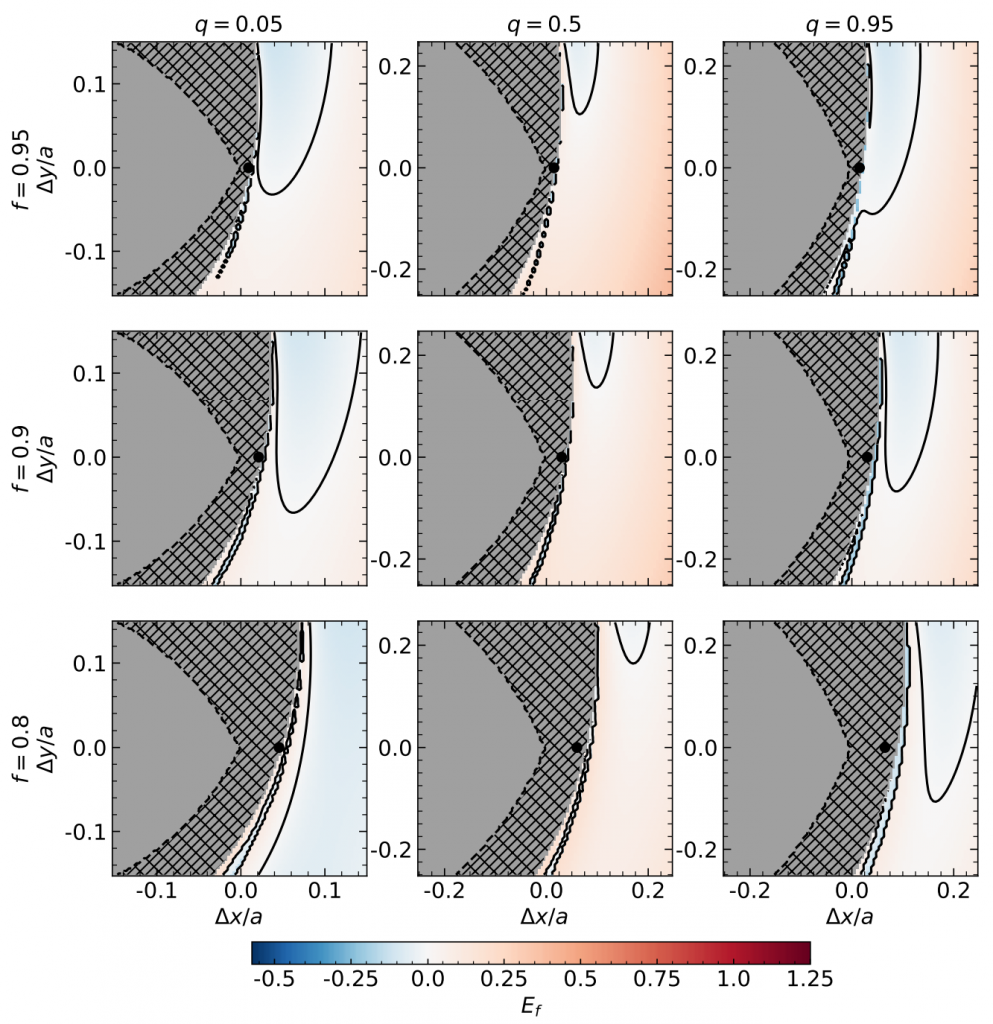
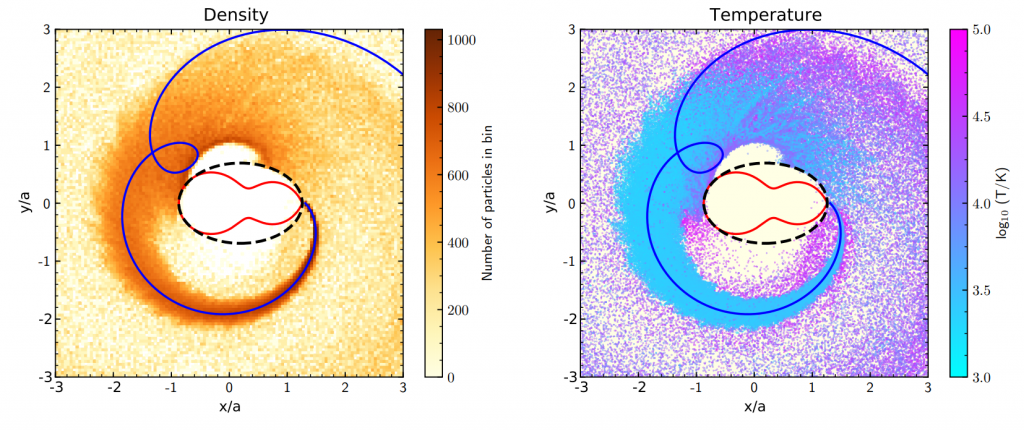
Dominika Hubova expanded her Bachelor thesis and took the deepest look so far at ballistic mass loss from L2, focusing on what happens if the matter stream is initiated with offset from L2 and with a velocity kick. Dominika characterized the parameter space and found some new stream trajectories. Interestingly, even if the stream is launched slower than corotation, there are still many initial positions near L2 that provide sufficient tidal torque to unbind the material.
Paper is now accepted to MNRAS: https://arxiv.org/abs/1908.02659v1
A paper characterizing periodic and aperiodic variability of APOGEE targets with ASAS-SN data was recently accepted to MNRAS. In this effort led by Michał Pawlak, we characterized almost 2000 periodic variable stars, all with existing multi-epoch high-resolution spectroscopy from APOGEE. We found that eclipsing binaries tend to favor lower metallicities, as was recently found on purely spectroscopic samples. We characterized the variability with damped random walk stochastic process. This is a starting point for future investigations combining high-res spectroscopy from surveys with time-domain photometric information. The paper is available on astro-ph.
I’m one of the co-organizers of RAS Specialist Discussion meeting on common envelopes, mergers, and related fun to be held in London on October 11 2019. Abstracts are due by the end of this August. The meeting website is https://commonenvelopes.space/
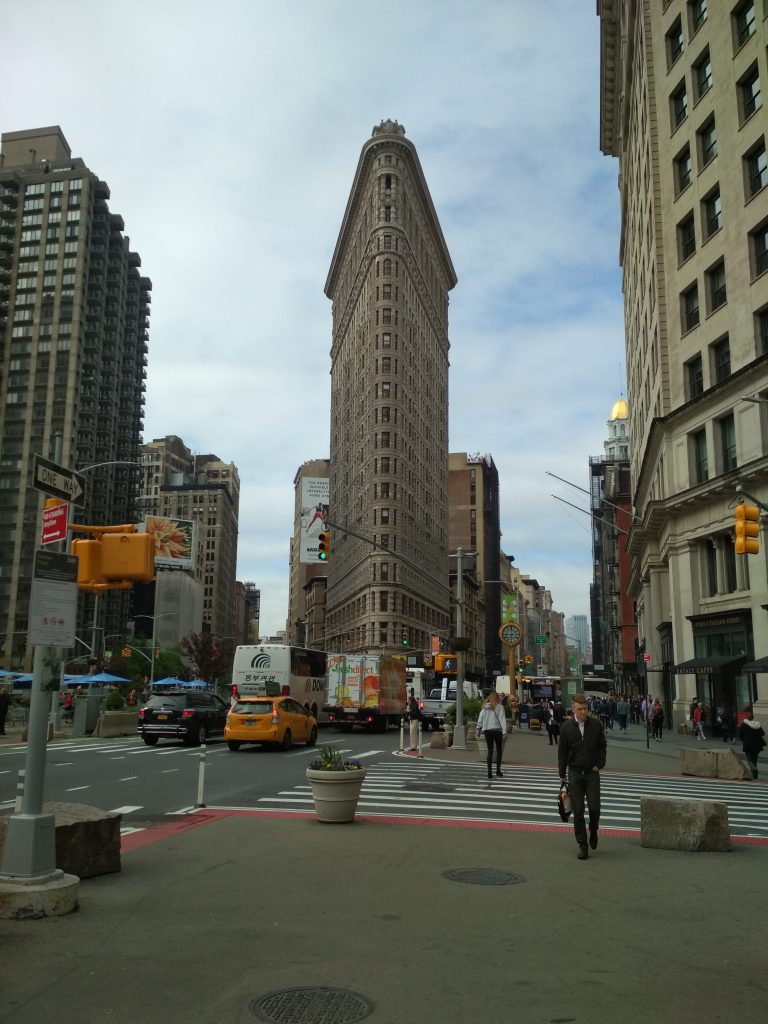
I gave a half of an invited review (together with Hagai Perets) on (alternative) processes in common envelope evolution at a workshop at Center for Computational Astrophysics of Simons Foundation.

Molly Peeples from Space Telescope Science Institute / Johns Hopkins visited us for a week as part of the Role models in physics program supported by the US Embassy in Prague. She gave a talk on
“Exploring the Universe with Space Telescopes and Supercomputers” and a second talk about “The Universe at Low Density: How Cosmic Gas Flows Build Galaxies”. She talked with students.

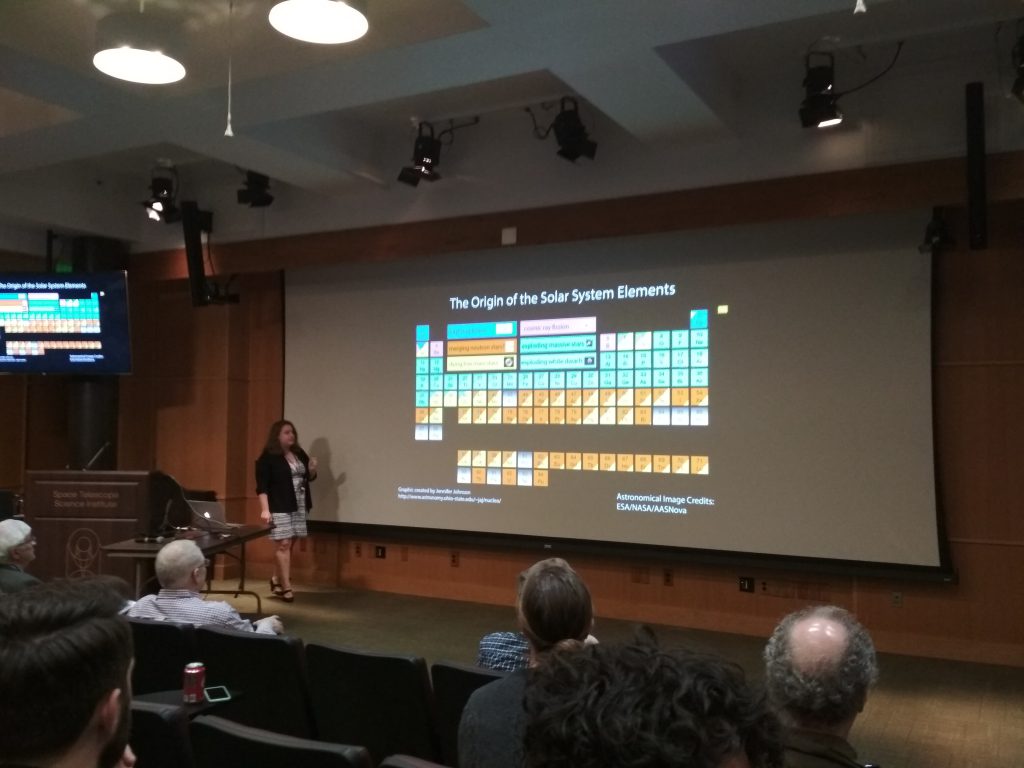
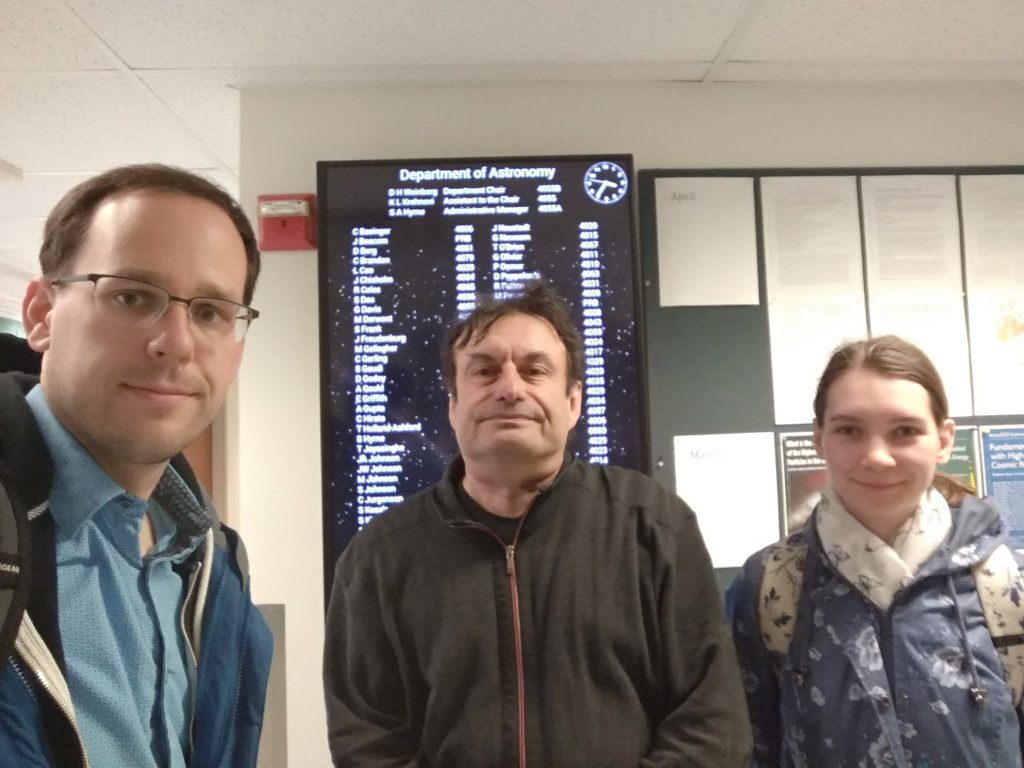
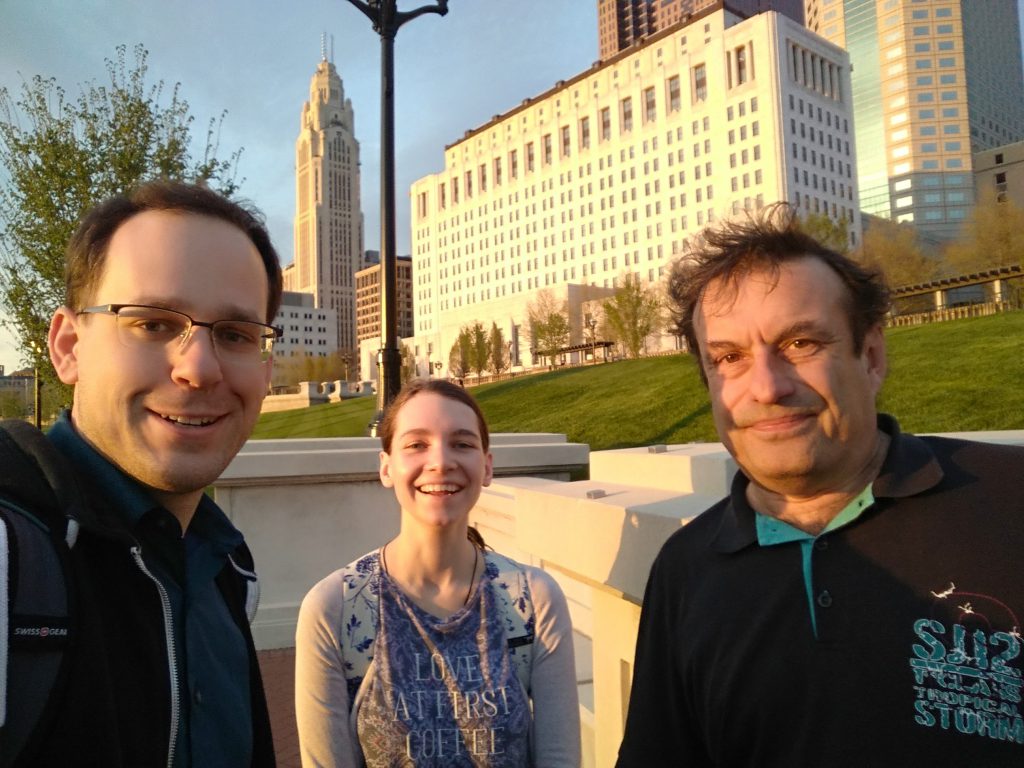
Together with Petr Kurfürst and Dominika Hubová we visited Ohio State University to present our research and discuss ongoing collaborations. Then we moved to Space Telescope Science Institute for their 2019 Spring Symposium – The Deaths and Afterlives of Stars. We presented posters and learned about news in the field.
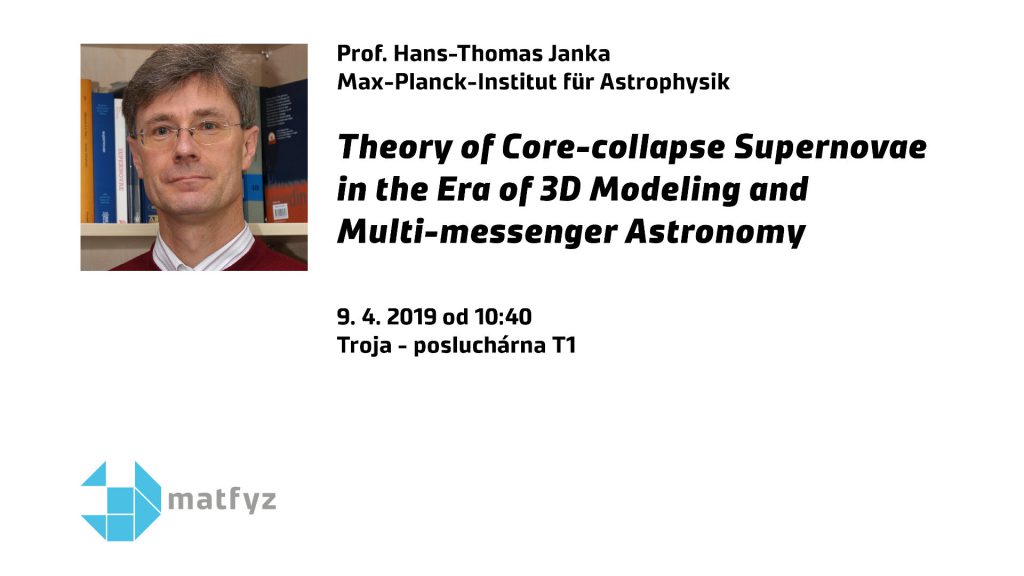
Thomas Janka (MPA Garching) visited to give the department colloquium on core-collapse supernova explosions with a sequel science coffee discussion on kicks, fallback, and nucleosynthesis. He also talked with members of the department. Great to have him visit!